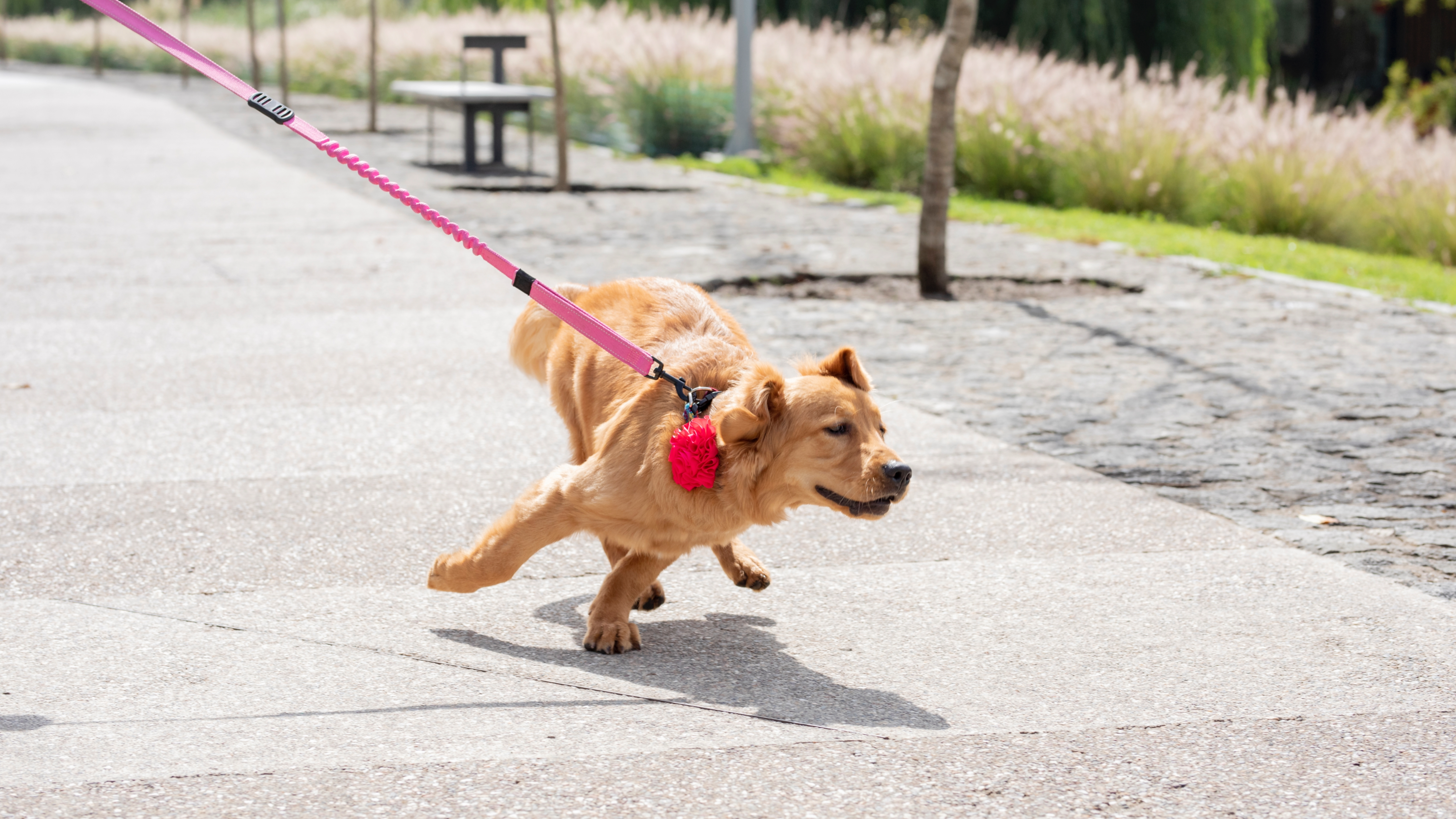
Training dogs can be difficult, and it’s tricky to know whether you’re getting it right. There’s so much advice out there that it can be overwhelming, and every dog is an individual, so what works for one may not be a great fit for another.
Reactivity, in particular, can be hard to manage, and it’s easy to make mistakes along the way. We’ve all made mistakes as pet parents, and nobody’s perfect, but it’s a good idea to become more familiar with some of the more common mistakes so your dog can hopefully go on to spend more time happily playing with the best dog toys without a care in the world!
Carolyn Martell, an expert trainer and the founder of Good Dog Training, has outlined some of the main mistakes we often make when it comes to reactivity in a new Instagram post, and it looks like it could be a great help for those of us who want the best for our reactive pups.
1. Waiting to get help: “The sooner training starts, the sooner the problem is resolved,” says Martell. “The longer the behavior goes on, the longer training takes.”
She advises addressing the undesirable behavior as soon as possible, rather than leaving it for years and then reaching out for help. It’s not something a dog will outgrow, and it won’t go away on its own.
2. Not seeking professional help: There’s no harm in getting help from a professional trainer. While there’s a lot of useful advice online, and on YouTube videos and in social media posts, it won’t be as beneficial as working with a pro.
“Owners often make the problem worse trying to DIY it,” Martell explains.
3. Not working at the dog’s pace: As Martell puts it, “It doesn’t matter how fast you want results, you have to work at your dog’s pace. And that’s usually pretty slow.”
If you take it too fast, your pup won’t learn anything and will just rehearse the behavior you want them to stop. We often have unrealistic expectations when it comes to reactivity in dogs, imagining that after just a few sessions our dogs will love everybody, when it just doesn’t work like that.
4. Using mediocre rewards: Something that seems like a good reward when you’re practicing ‘sit’ at home isn’t necessarily going to be as rewarding when you’re out and about and passing another dog.
It’s important to find a high-value reward to use – one that your dog loves, rather than a piece of kibble, for example.
5. Overexposure to dogs and strangers: It’s easy to think that continually exposing a reactive dog to people and other dogs will help them get used to interactions, but it can actually make the problem worse.
“Constantly forcing your dog to face their trigger, especially without solid training in place, is likely going to backfire,” Martell explains.
6. Inadvertently rewarding: This can happen a lot with frustrated reactivity, Martell explains. Imagine a dog who’s barking and lunging dragging their parent over to meet another dog.
“The dog learns that barking and lunging gets them what they want,” she says.
If you’re after more tips, you might find this article useful: I played these 7 fun games to engage my reactive dog and they improved her impulse control.







